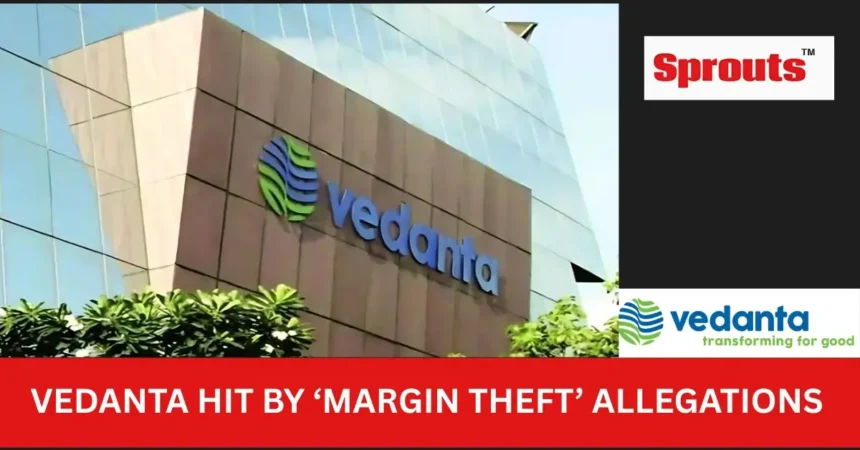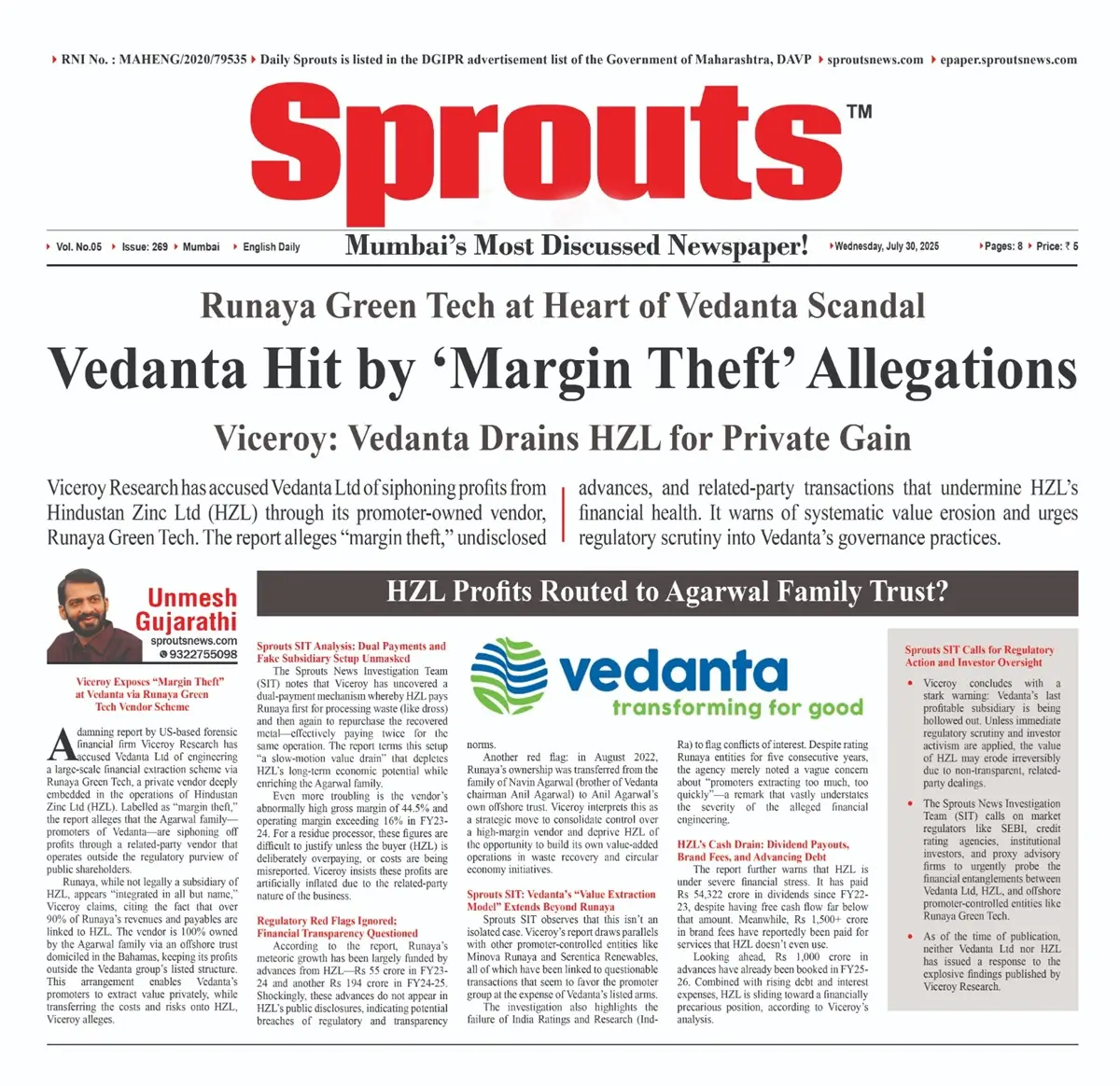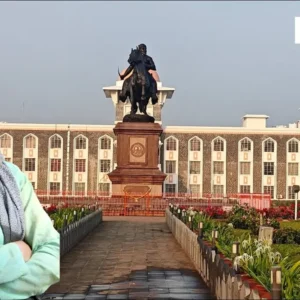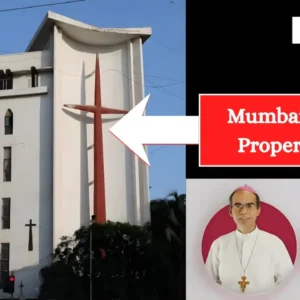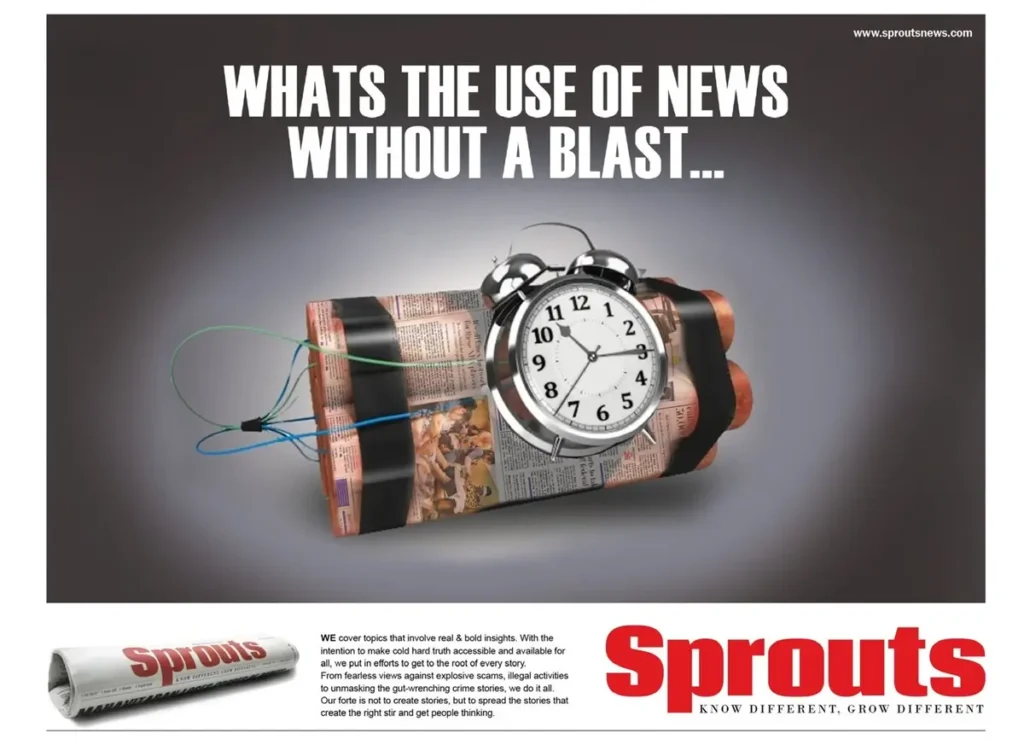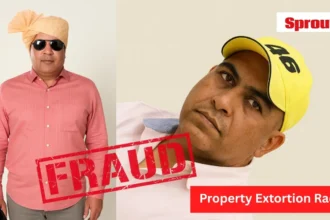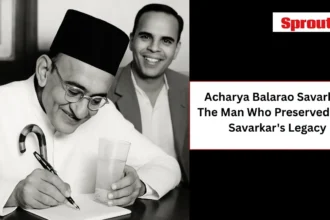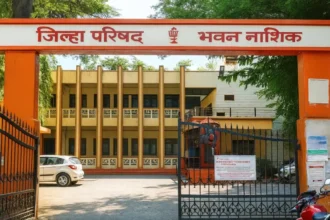Vedanta Hit by ‘Margin Theft’ Allegations
• Runaya Green Tech at Heart of Vedanta Scandal
• Viceroy: Vedanta Drains HZL for Private Gain
• HZL Profits Routed to Agarwal Family Trust?
Unmesh Gujarathi
Sprouts News Exclusive
Contact: +91 9322755098
Sprouts News Exclusive
Contact: +91 9322755098
Viceroy Research has accused Vedanta Ltd of siphoning profits from Hindustan Zinc Ltd (HZL) through its promoter-owned vendor, Runaya Green Tech. The report alleges “margin theft,” undisclosed advances, and related-party transactions that undermine HZL’s financial health. It warns of systematic value erosion and urges regulatory scrutiny into Vedanta’s governance practices.
Viceroy Exposes “Margin Theft” at Vedanta via Runaya Green Tech Vendor Scheme
A damning report by US-based forensic financial firm Viceroy Research has accused Vedanta Ltd of engineering a large-scale financial extraction scheme via Runaya Green Tech, a private vendor deeply embedded in the operations of Hindustan Zinc Ltd (HZL). Labelled as “margin theft,” the report alleges that the Agarwal family—promoters of Vedanta—are siphoning off profits through a related-party vendor that operates outside the regulatory purview of public shareholders.
Runaya, while not legally a subsidiary of HZL, appears “integrated in all but name,” Viceroy claims, citing the fact that over 90% of Runaya’s revenues and payables are linked to HZL. The vendor is 100% owned by the Agarwal family via an offshore trust domiciled in the Bahamas, keeping its profits outside the Vedanta group’s listed structure. This arrangement enables Vedanta’s promoters to extract value privately, while transferring the costs and risks onto HZL, Viceroy alleges.
Click Here To Download the News Attachment
Contents
- Vedanta Hit by ‘Margin Theft’ Allegations
- • Runaya Green Tech at Heart of Vedanta Scandal
- • Viceroy: Vedanta Drains HZL for Private Gain
- • HZL Profits Routed to Agarwal Family Trust?
- Viceroy Exposes “Margin Theft” at Vedanta via Runaya Green Tech Vendor Scheme
- Click Here To Download the News Attachment
- Sprouts SIT Analysis: Dual Payments and Fake Subsidiary Setup Unmasked
- Regulatory Red Flags Ignored; Financial Transparency Questioned
- Sprouts SIT: Vedanta’s “Value Extraction Model” Extends Beyond Runaya
- HZL’s Cash Drain: Dividend Payouts, Brand Fees, and Advancing Debt
- Also Read: Raj Thackeray Drops Bombshell in Kute’s Hotel: Nashik Honey Trap Exposed.
- Sprouts SIT Calls for Regulatory Action and Investor Oversight
Sprouts SIT Analysis: Dual Payments and Fake Subsidiary Setup Unmasked
The Sprouts News Investigation Team (SIT) notes that Viceroy has uncovered a dual-payment mechanism whereby HZL pays Runaya first for processing waste (like dross) and then again to repurchase the recovered metal—effectively paying twice for the same operation. The report terms this setup “a slow-motion value drain” that depletes HZL’s long-term economic potential while enriching the Agarwal family.
Even more troubling is the vendor’s abnormally high gross margin of 44.5% and operating margin exceeding 16% in FY23-24. For a residue processor, these figures are difficult to justify unless the buyer (HZL) is deliberately overpaying, or costs are being misreported. Viceroy insists these profits are artificially inflated due to the related-party nature of the business.
Regulatory Red Flags Ignored; Financial Transparency Questioned
According to the report, Runaya’s meteoric growth has been largely funded by advances from HZL—Rs 55 crore in FY23-24 and another Rs 194 crore in FY24-25. Shockingly, these advances do not appear in HZL’s public disclosures, indicating potential breaches of regulatory and transparency norms.
Another red flag: in August 2022, Runaya’s ownership was transferred from the family of Navin Agarwal (brother of Vedanta chairman Anil Agarwal) to Anil Agarwal’s own offshore trust. Viceroy interprets this as a strategic move to consolidate control over a high-margin vendor and deprive HZL of the opportunity to build its own value-added operations in waste recovery and circular economy initiatives.
Sprouts SIT: Vedanta’s “Value Extraction Model” Extends Beyond Runaya
Sprouts SIT observes that this isn’t an isolated case. Viceroy’s report draws parallels with other promoter-controlled entities like Minova Runaya and Serentica Renewables, all of which have been linked to questionable transactions that seem to favor the promoter group at the expense of Vedanta’s listed arms.
The investigation also highlights the failure of India Ratings and Research (Ind-Ra) to flag conflicts of interest. Despite rating Runaya entities for five consecutive years, the agency merely noted a vague concern about “promoters extracting too much, too quickly”—a remark that vastly understates the severity of the alleged financial engineering.
HZL’s Cash Drain: Dividend Payouts, Brand Fees, and Advancing Debt
The report further warns that HZL is under severe financial stress. It has paid Rs 54,322 crore in dividends since FY22-23, despite having free cash flow far below that amount. Meanwhile, Rs 1,500+ crore in brand fees have reportedly been paid for services that HZL doesn’t even use.
Looking ahead, Rs 1,000 crore in advances have already been booked in FY25-26. Combined with rising debt and interest expenses, HZL is sliding toward a financially precarious position, according to Viceroy’s analysis.
Also Read: Raj Thackeray Drops Bombshell in Kute’s Hotel: Nashik Honey Trap Exposed.
Sprouts SIT Calls for Regulatory Action and Investor Oversight
Viceroy concludes with a stark warning: Vedanta’s last profitable subsidiary is being hollowed out. Unless immediate regulatory scrutiny and investor activism are applied, the value of HZL may erode irreversibly due to non-transparent, related-party dealings.
The Sprouts News Investigation Team (SIT) calls on market regulators like SEBI, credit rating agencies, institutional investors, and proxy advisory firms to urgently probe the financial entanglements between Vedanta Ltd, HZL, and offshore promoter-controlled entities like Runaya Green Tech.
As of the time of publication, neither Vedanta Ltd nor HZL has issued a response to the explosive findings published by Viceroy Research.

